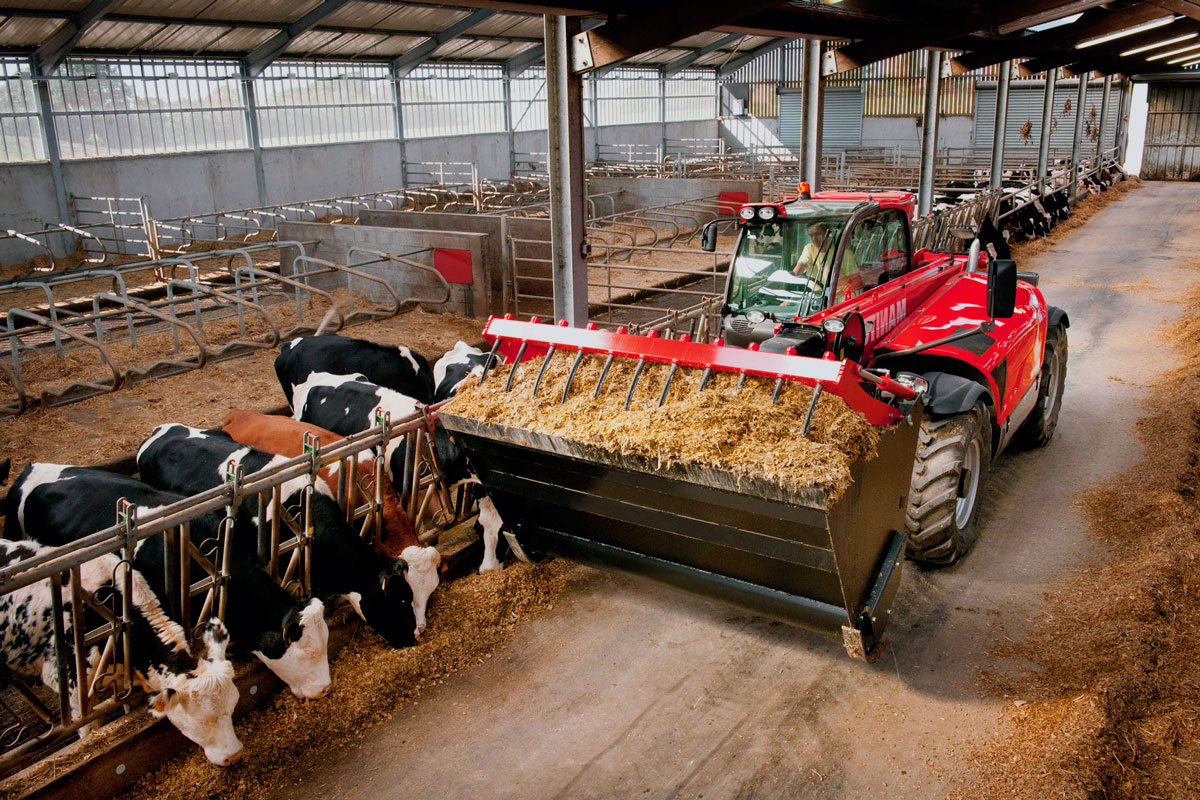Animal husbandry is an important sector in agriculture and its effective development requires the use of modern tools and machines. Technologies in this area not only make the work of farmers easier, but also help increase productivity and improve living conditions for animals.
Let's look at a few key tools and machines that play an important role in the development of animal husbandry on a farm.
Automated milking systems
Automated milking systems are an integral part of modern livestock farming. They not only increase productivity, but also ensure a higher standard of hygiene during milking.
Such systems provide precise control of the process and can also automatically detect changes in udder health.
Tractors and feed processing
Tractors remain indispensable machines on the farm, especially in livestock farming. They are used for cultivating soil, sowing forage crops and moving materials.
Feed processing machines, such as combines and choppers, help prepare nutrient mixtures for livestock, which affects the quality of milk and meat.
Automated feeding systems
An effective feeding system is important to ensure proper nutrition for animals. Automated feeding systems control feed distribution based on the needs of each animal. This not only reduces feed wastage, but also ensures uniform nutrition for the herd.
Fertilizer harvesting machines
Fertilizer management is a key aspect in sustainable livestock production. Fertilizer harvesting machines automate waste treatment processes, which helps manage the environmental impact of a farm. These machines can also recycle fertilizers for reuse in agriculture.
Veterinary equipment
Modern veterinary equipment plays a key role in the diagnosis, treatment and prevention of diseases in animals.
Diagnostic machines, medical devices and health monitoring systems help farmers quickly respond to any changes in the condition of the herd.
The use of modern tools and machines is a prerequisite for the successful development of animal husbandry on a farm. These technologies not only increase labor efficiency, but also help improve product quality and provide favorable conditions for animals. This is an important step towards sustainable and profitable agriculture.

